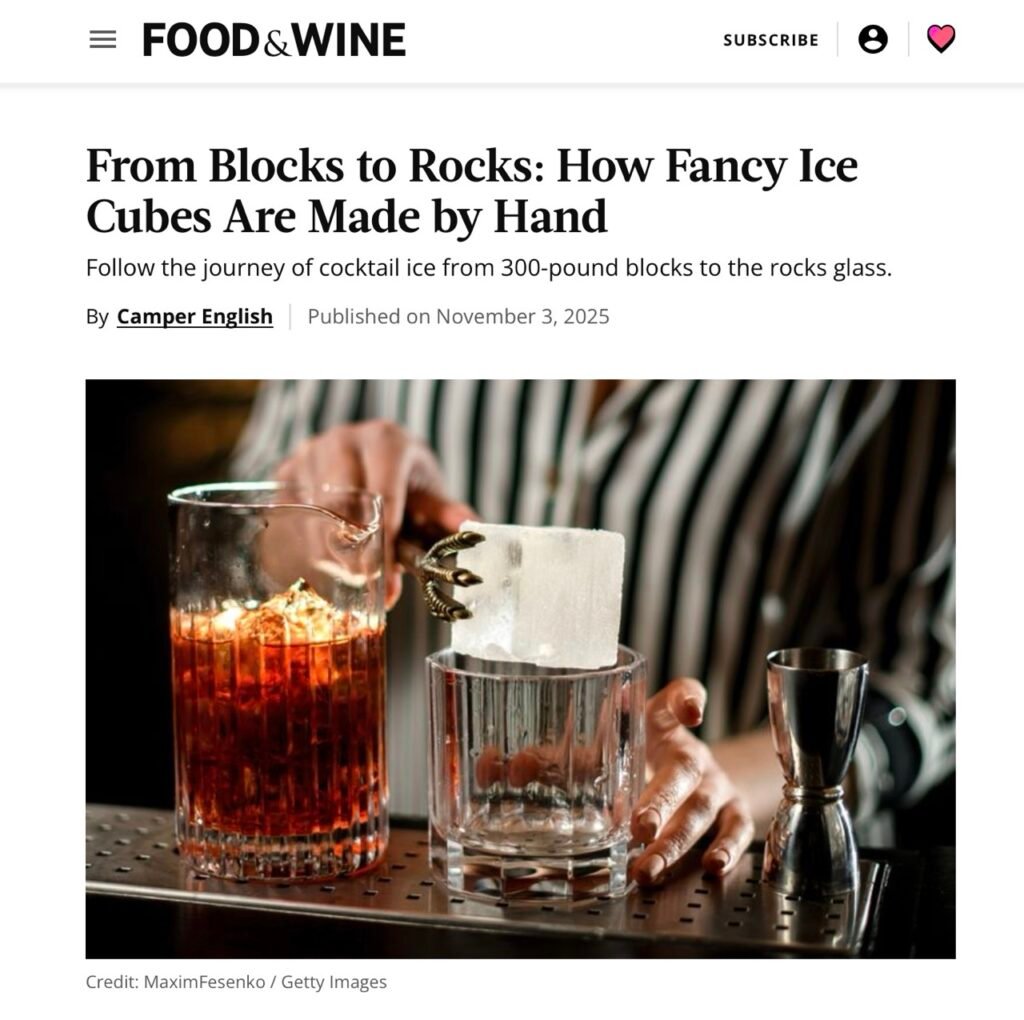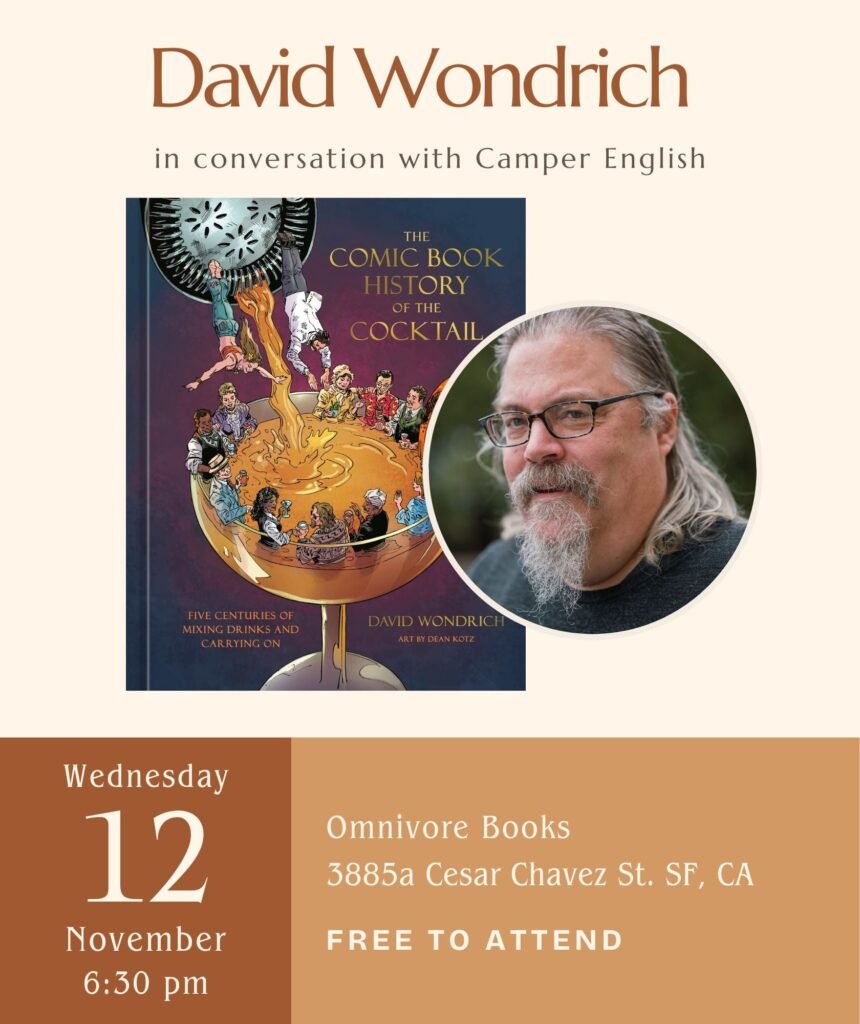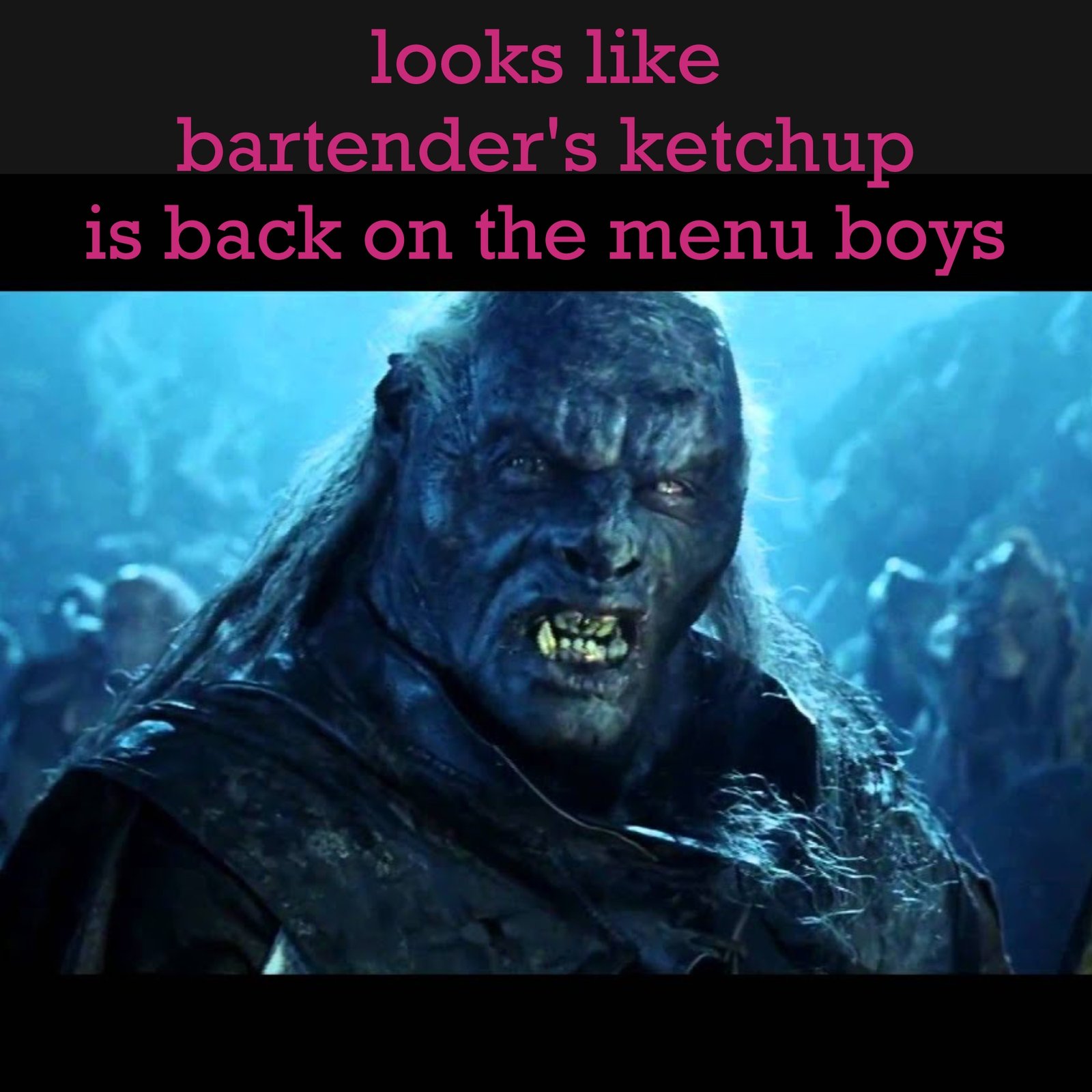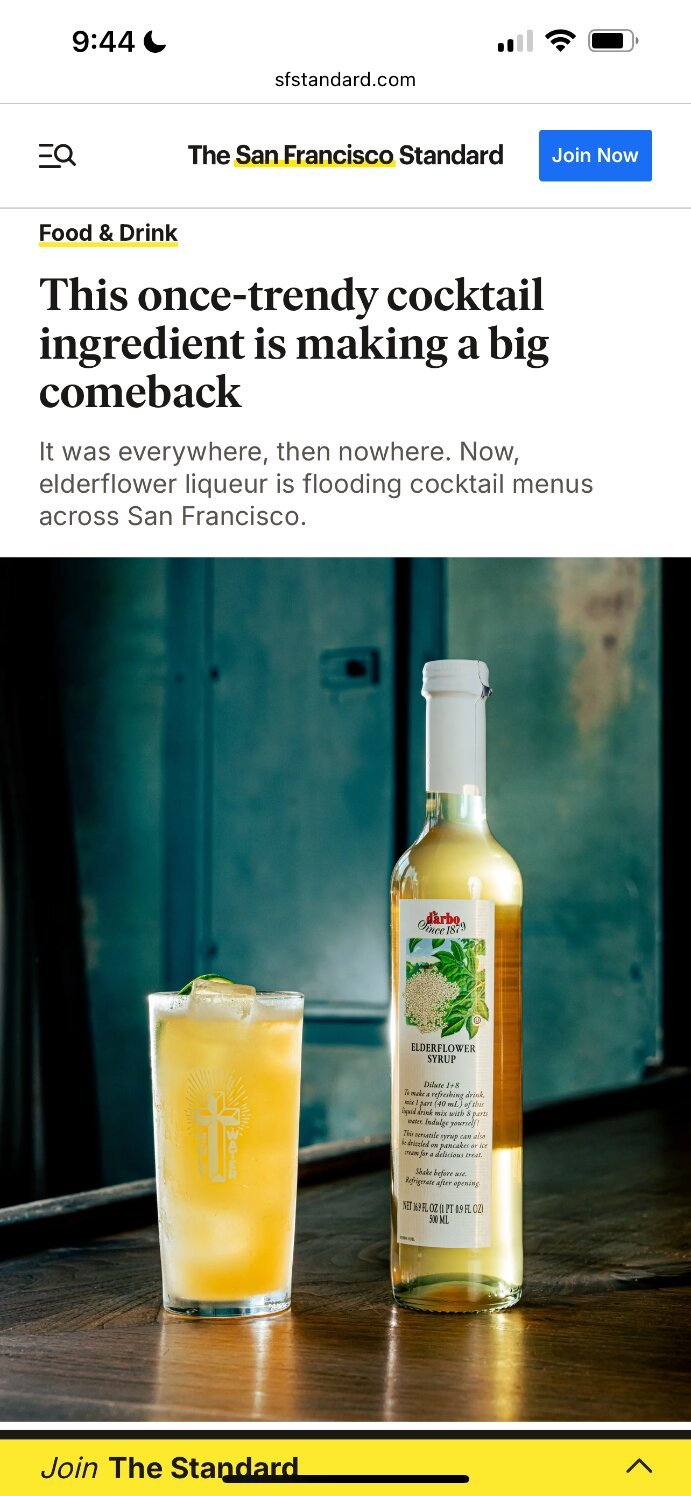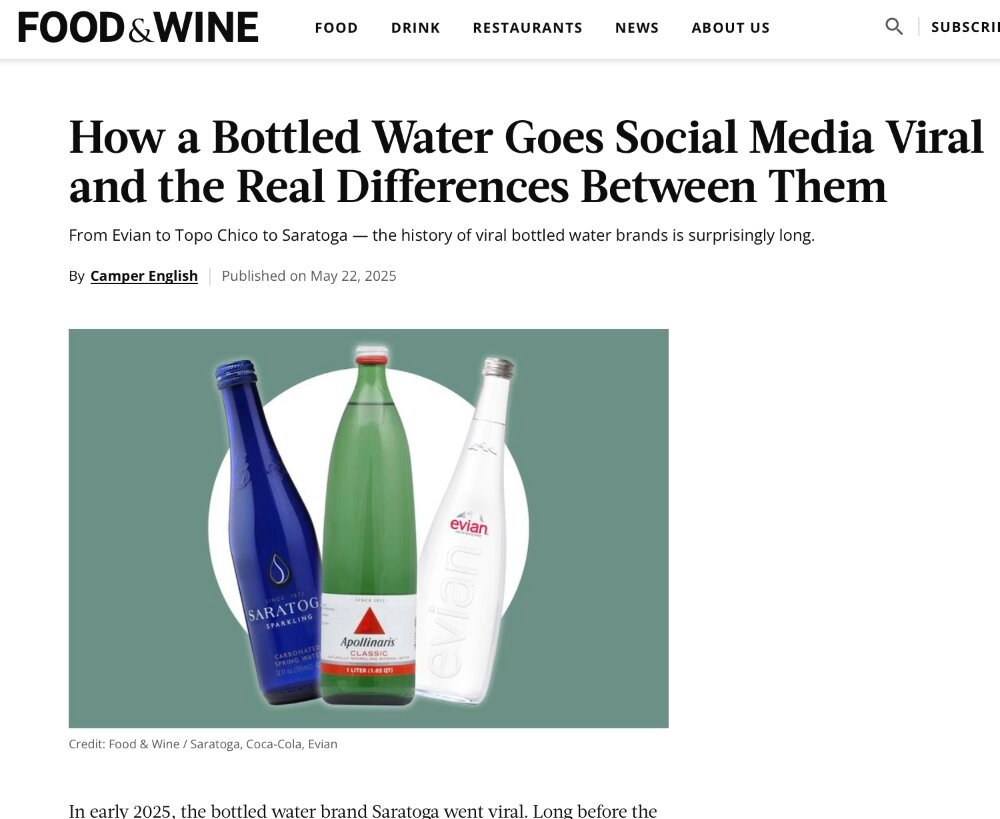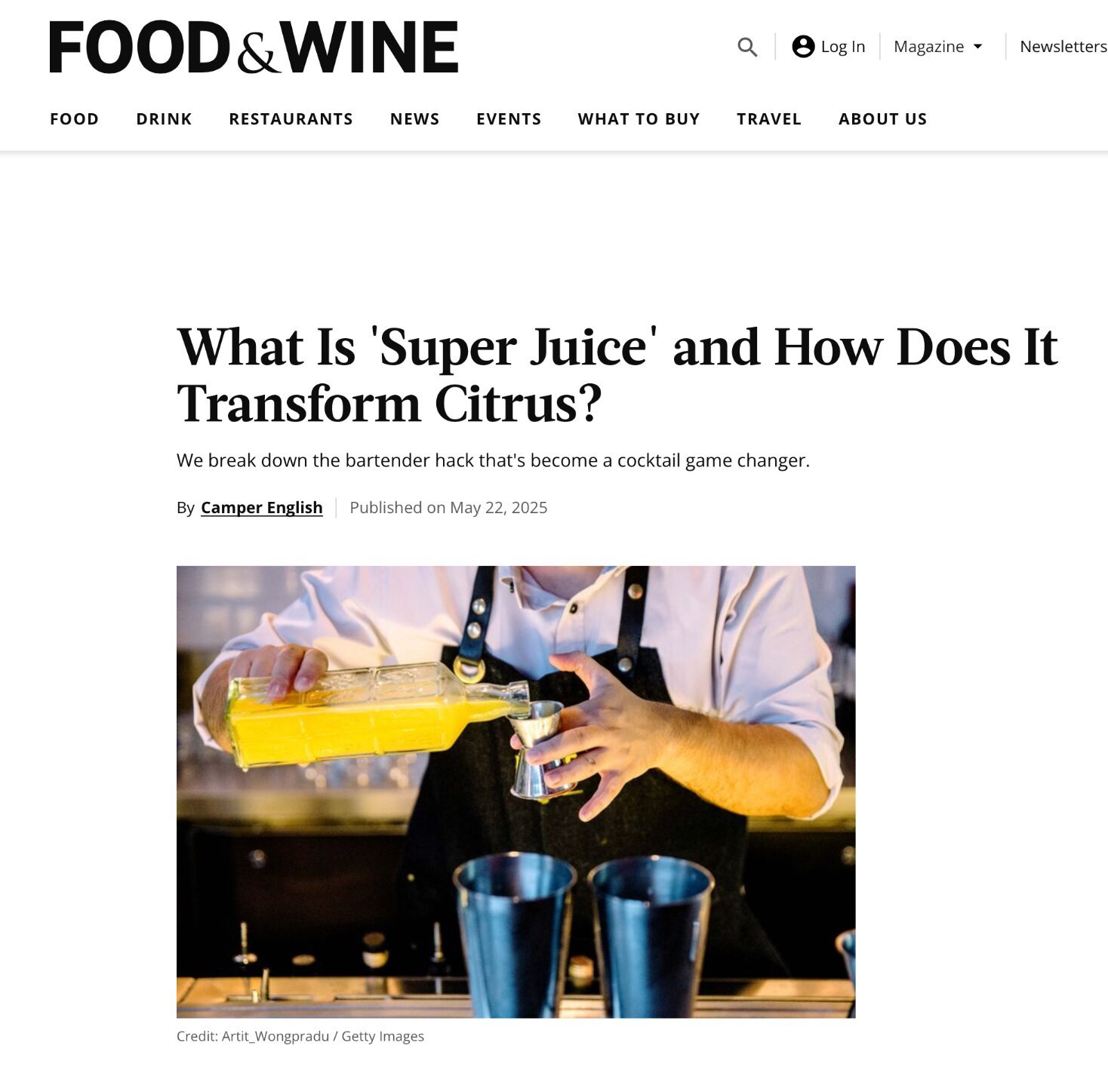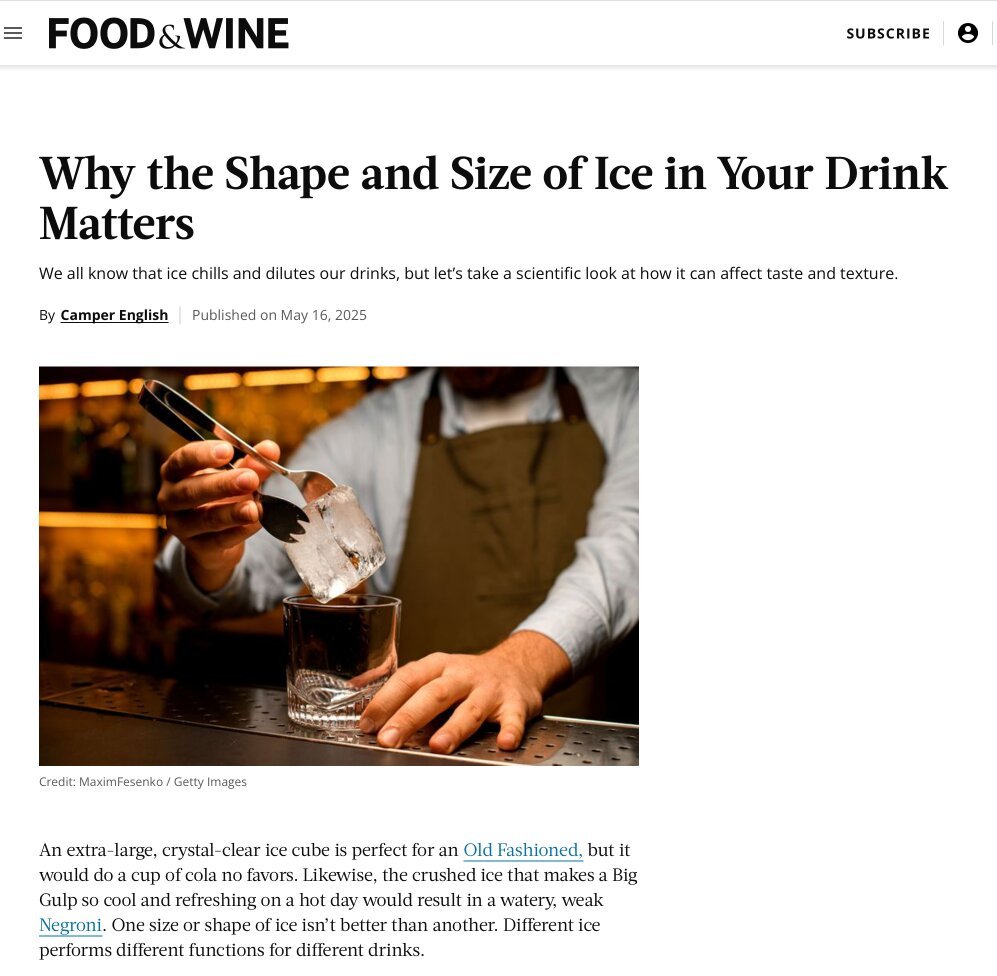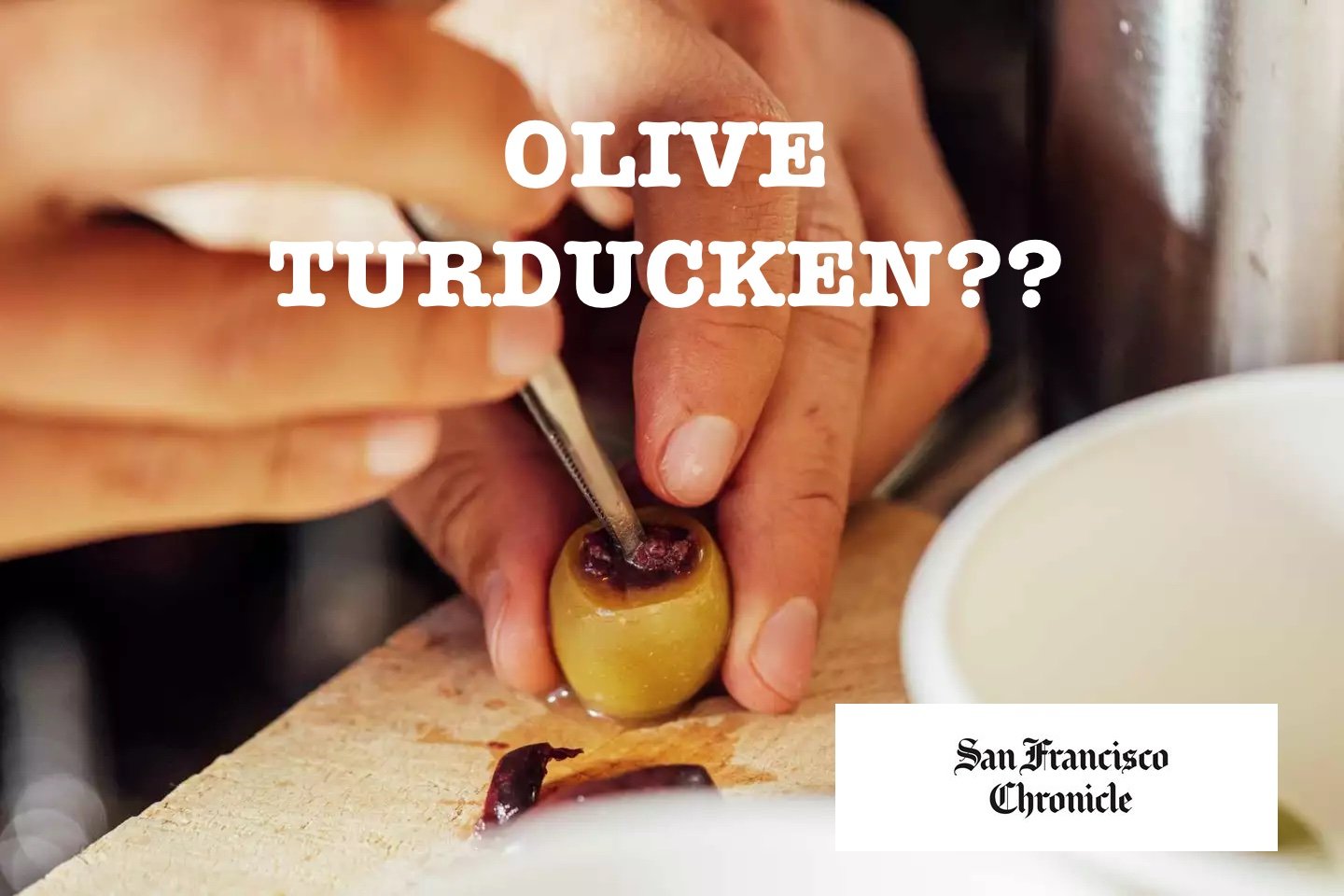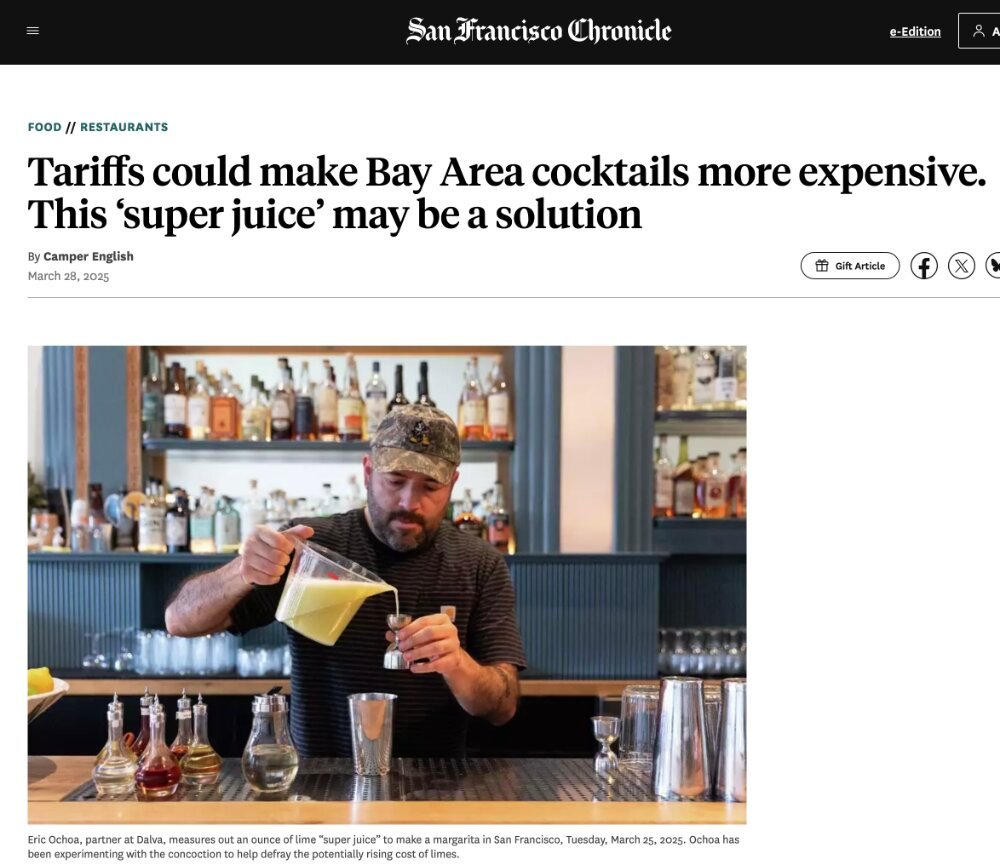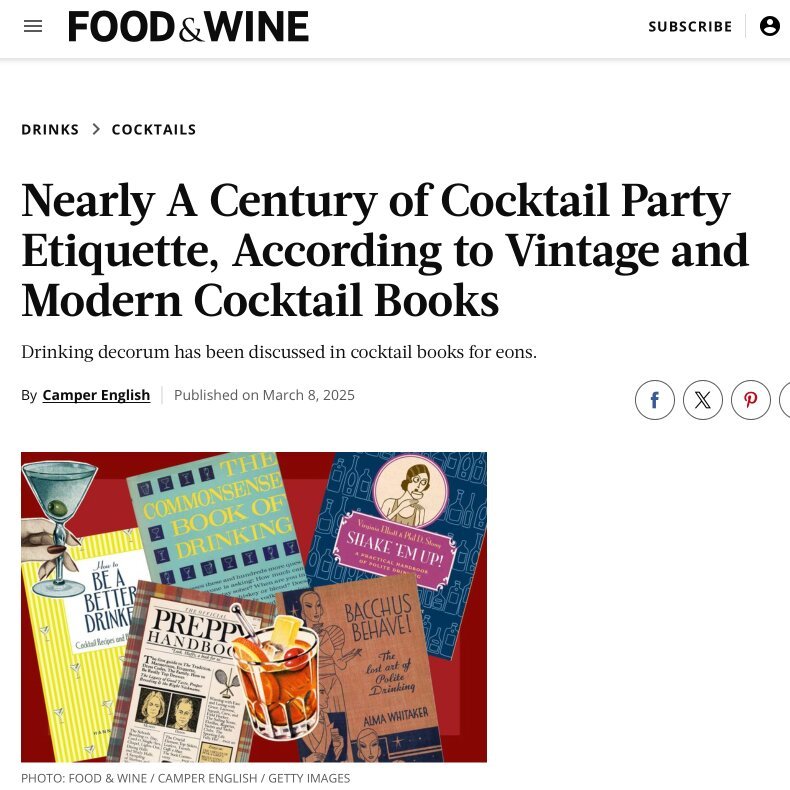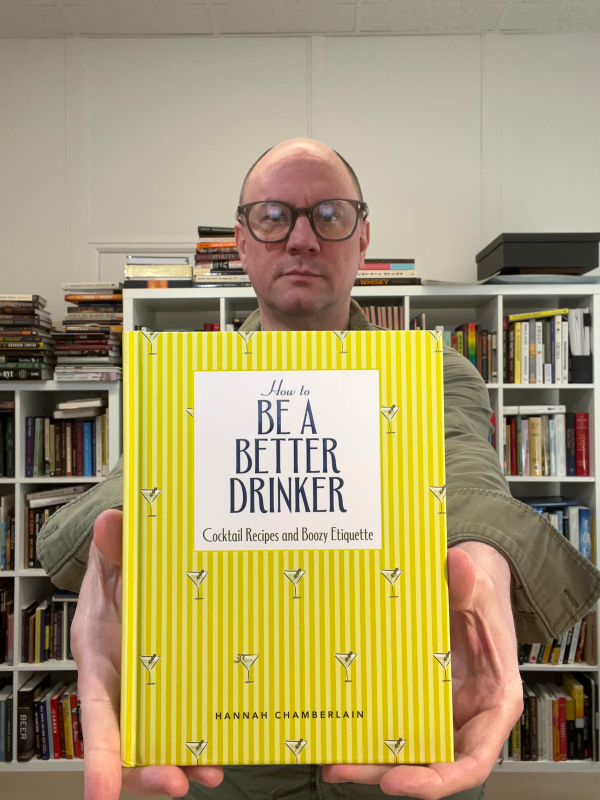Category: camper_clips
-
Turning Whiskey Into Gas
I wrote a story for Offrange about whiskey stillage. It is about how a couple of large distilleries – Jim Beam and Jack Daniels – are letting little critters eat their stillage and burp out methane, which is then cleaned up and used as renewable natural gas.
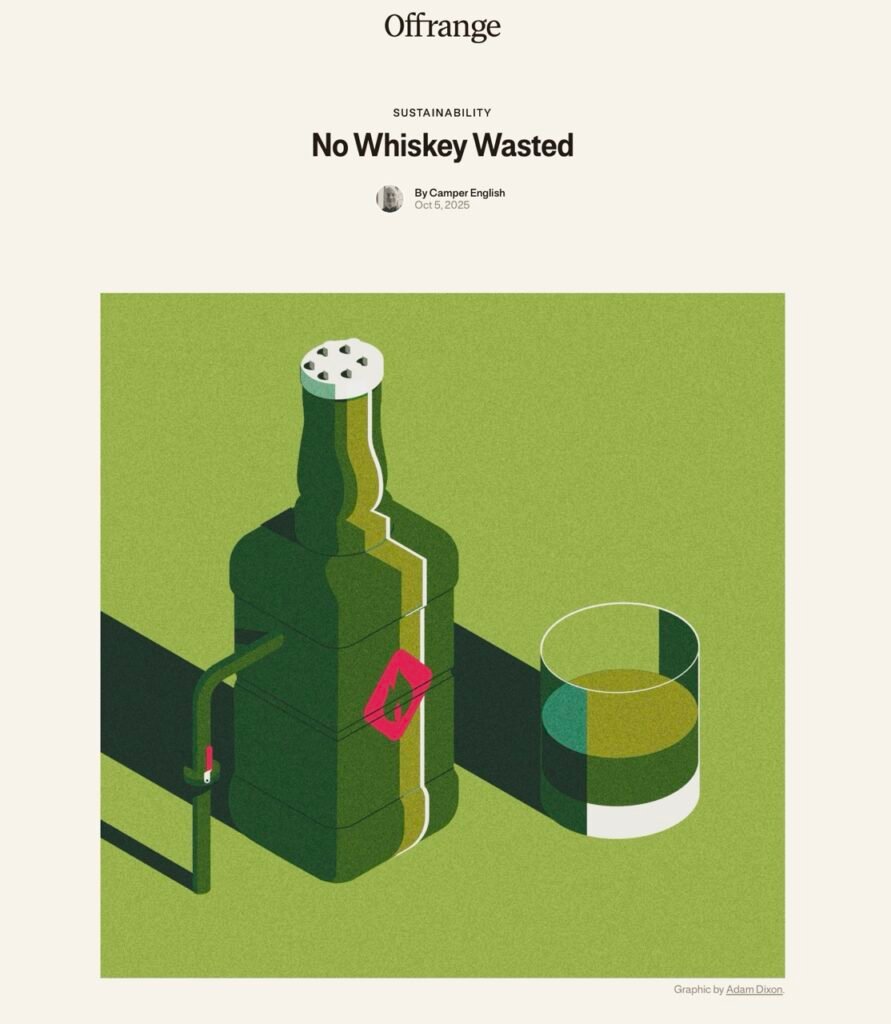
The process of writing this one was a doozy – I spent so long researching it that I made less than California minimum wage on it. I started looking at the Buffalo Trace/Meridian announcement, but when I tried to get more information, both companies refused to tell me anything.
I then started looking at corn fuel ethanol plants and how they process their stillage. They mostly make DDGS it seems, but are increasingly harvesting some other higher-value products like high-protein animal feed and corn oil.
I learned that, due in part to regionality (where the distilleries are located) and part due to the value of corn ethanol vs bourbon, the fuel distilleries see stillage as a coproduct while the distilleries see it is a byproduct – and many distillers give it away for free to farmers to use for animal feed or to apply it as fertilizer.
Then I further learned that in Scotland, having a renewable natural gas plant next to distilleries is pretty common, so we’re just lagging behind.
-
Bartender’s Ketchup is Back on the Menu in SF
I wrote a story for the SFStandard about elderflower liqueur making a huge comeback. It was so popular when the brand St. Germain first launched in 2007 that it was given the nickname “bartender’s ketchup.”
It’s so back, but now bartenders are using a wide range of products. Read the story here.
-
Bottled Water Went Viral 125 Years Ago
My latest piece for Food & Wine is "How a Bottled Water Goes Social Media Viral and the Real Differences Between Them"
-
Why the Shape and Size of Ice in Your Drink Matters
My latest story for Food & Wine is "Why the Shape and Size of Ice in Your Drink Matters."
-
All of the Olives’ Brine Time to Shine
My latest story for the San Francisco Chronicle is about all the ways bartenders are liquifying olives in their Martinis – in the vermouth, gin, vodka, brine, leaf tinctures, oil-washing everything, and even an “olive turducken.”
Here’s a gift link so you can read it.
-
How to Stretch a Lime – My Story in the SF Chronicle
I wrote about oleo citrate and super juice for the San Francisco Chronicle.
These are techniques for increasing the yield from citrus fruits by eight times or so, using a touch of citric and malic acid powder in a specific way to bump up the flavor and texture of citrus to extend it over a large volume.
Bartenders in the Bay Area have begun experimenting with the technique, not because our locals love high-tech processing of natural ingredients (our locals very much do not) but because threatened tariffs on imports from Mexico would make limes more expensive- as well as tequila and agave nectar.
The story may be paywalled, but check it out here:
Tariffs could make Bay Area cocktails more expensive. This ‘super juice’ may be a solution
By Camper English
Unless bartenders figure out something soon, margaritas could soon cause sticker shock on cocktail menus across the Bay Area. The tequila, limes and agave syrup used in them may all come from Mexico, and imports on them will face tariffs if President Trump follows through with his threats.
Eric Ochoa, partner at the bar Dalva in San Francisco’s Mission District, has been weighing his options and not finding any great ones. He could increase the price of the drink, or take the “shrinkflation” route, reducing the quantity of tequila or mezcal from 2 ounces per drink to 1½. Or he could swap out fresh-squeezed lime juice for “super juice” to cut costs on one ingredient at least. A citrus juice preparation resulting in six to eight times the liquid of regular juice from the same amount of fruit, it’s a technique that bartenders around the region and the country are testing out to squeeze their fruit for all it’s worth.
-
Don’t Drink and Send Telegrams – and Other Advice from 100 Years of Cocktail Etiquette Books
My first story for Food & Wine just went live.
I took advice from 95 years of cocktail etiquette books, beginning in 1930 and ending with the publication of How to Be a Better Drinker last week [amazon] [bookshop].
I had fun going through my cocktail book collection to find other etiquette books, including The Official Preppy Handbook, to cite.
Anyway, check out the story here!
